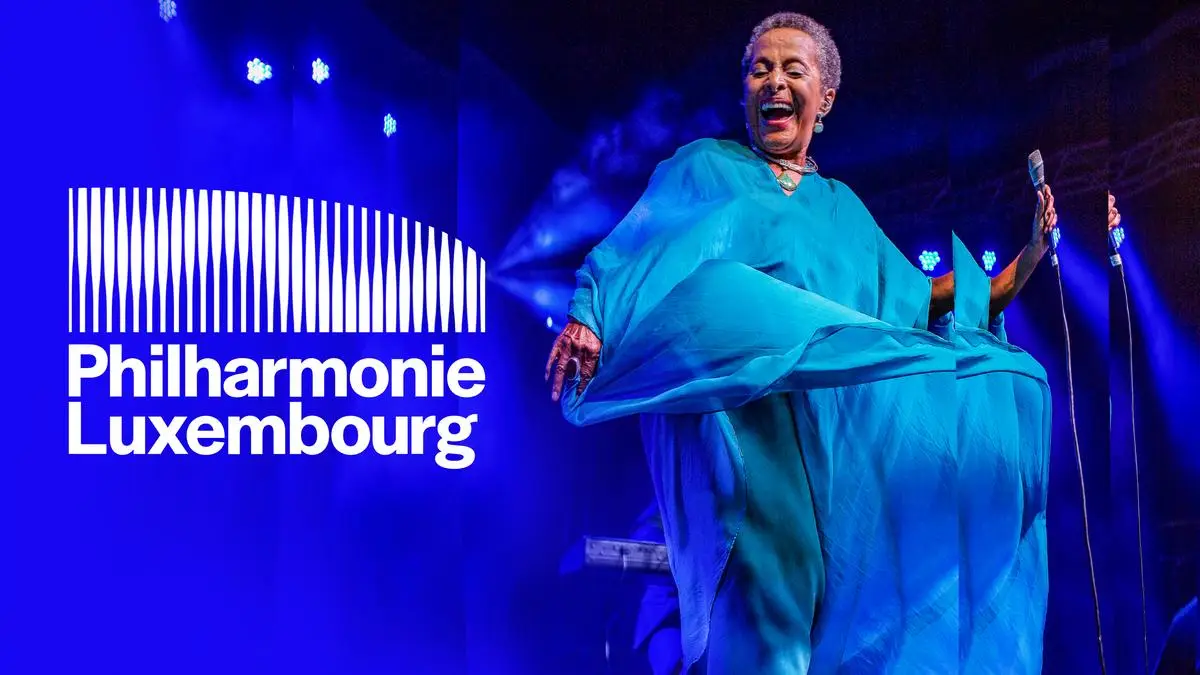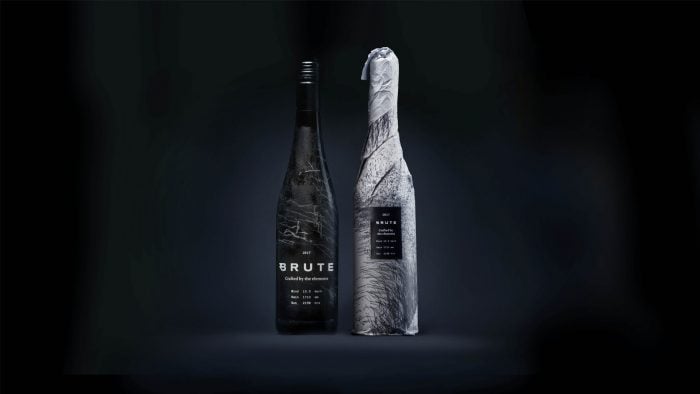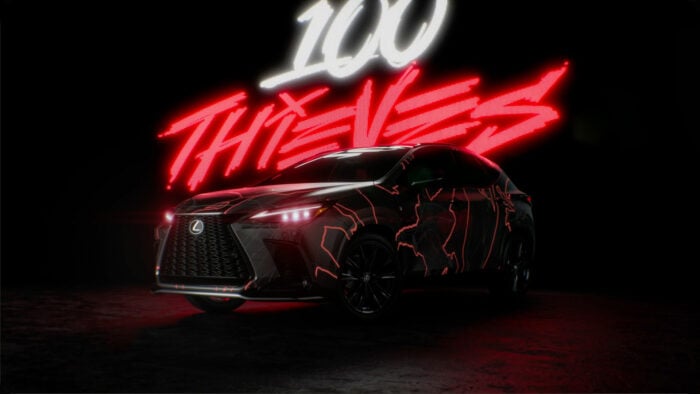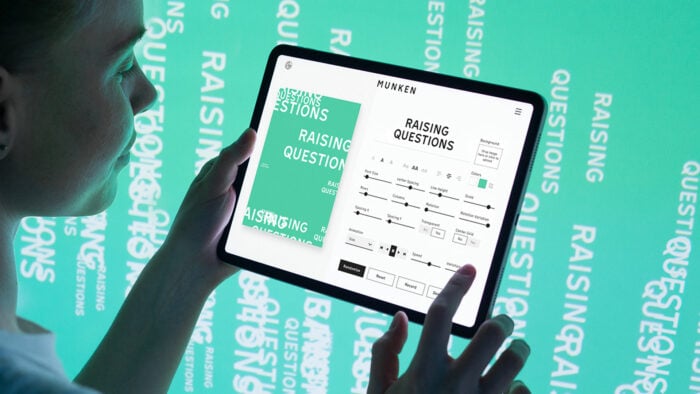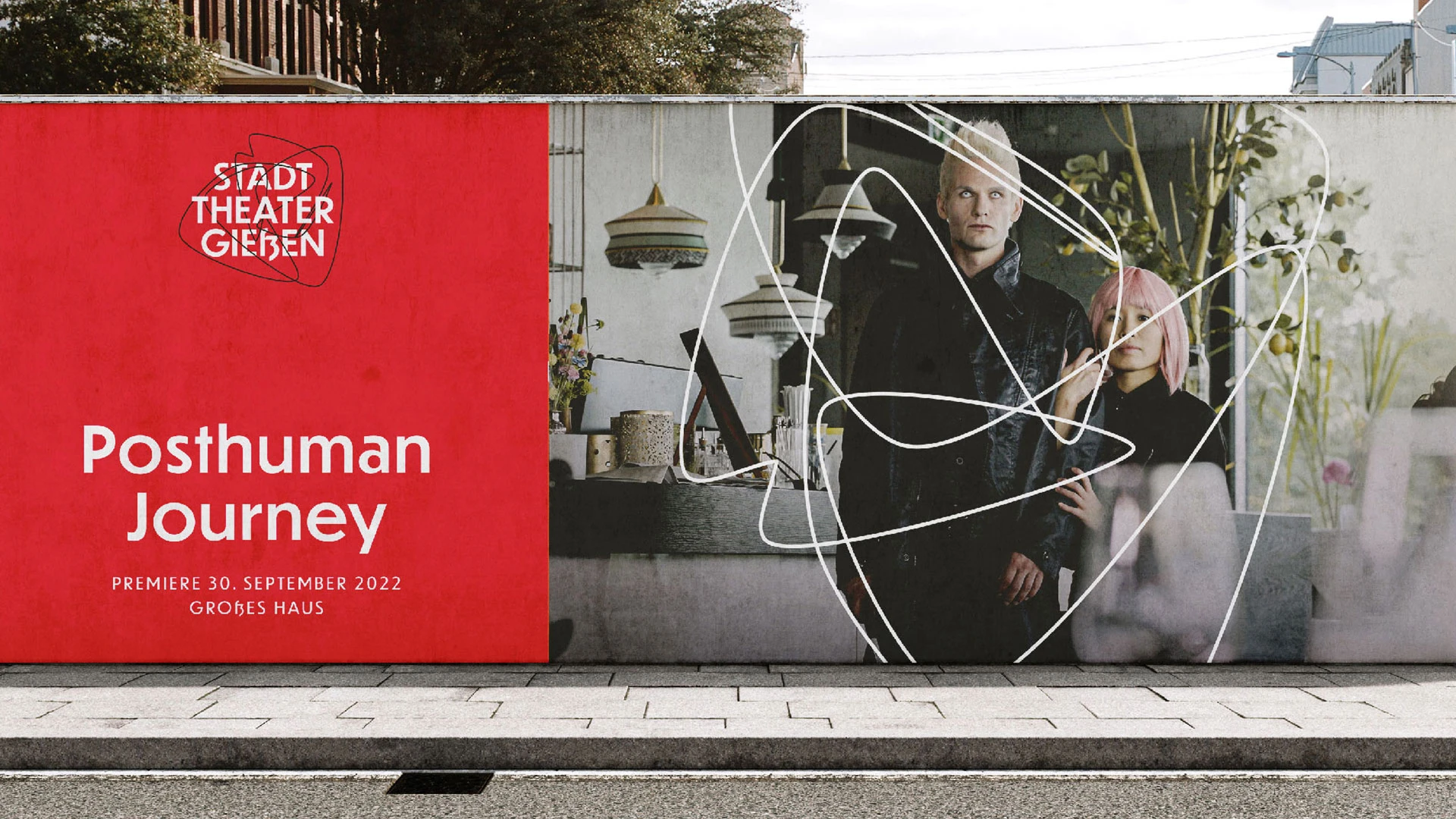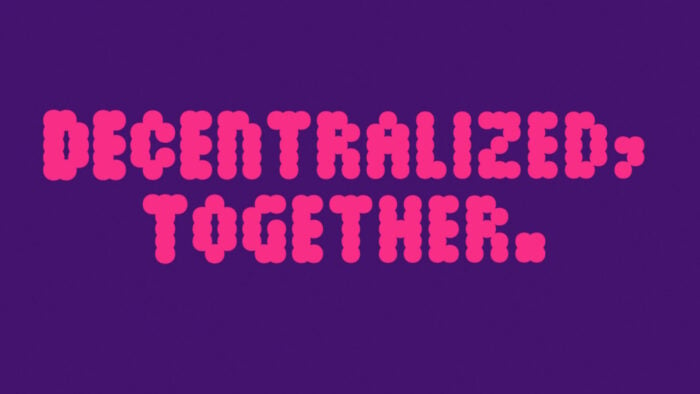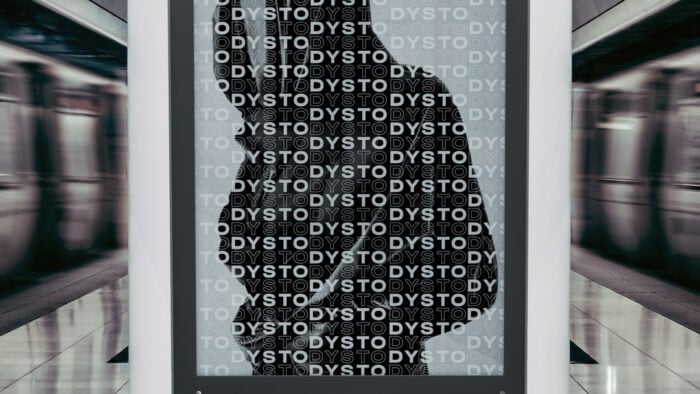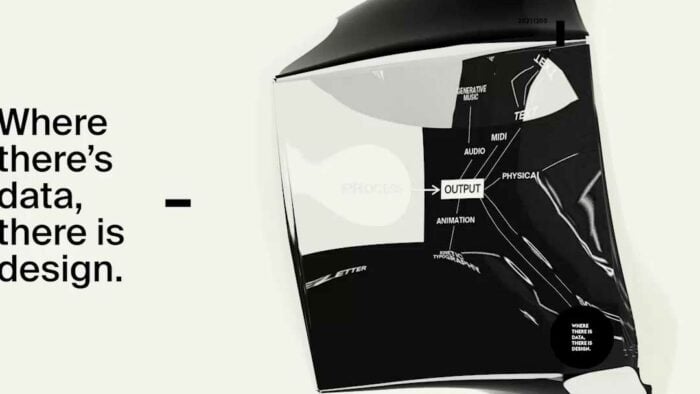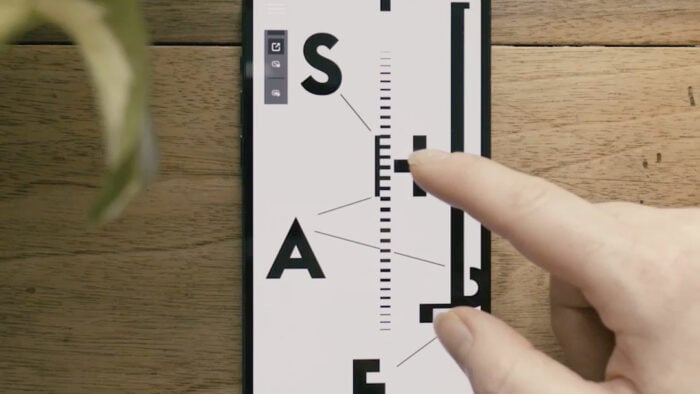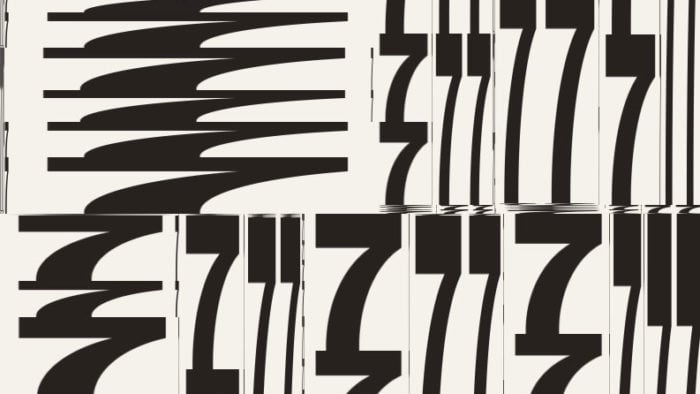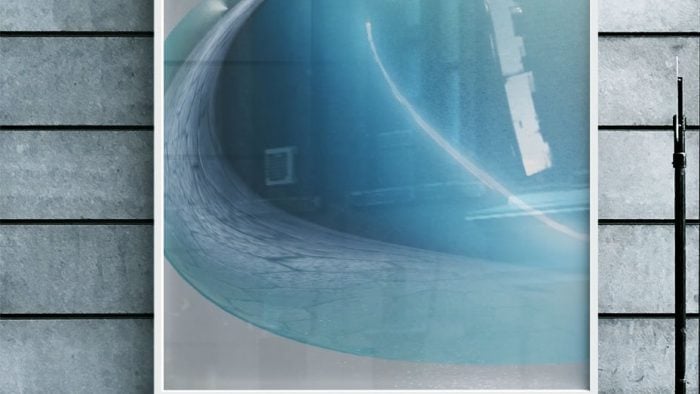Design Reimagined: The Rise of Data-Driven Creativity
This interview was originally conducted for the Well & Good Magazine Issue 03. Magazine introduction: A trailblazer in the realm of generative technologies, Patrik Hübner uses experimental techniques and data-driven design to deliver fresh and meaningful takes on the modern-day rebrand. Projects like the Philharmonie Luxembourg and BRUTE exemplify his repertoire for seamlessly blending art, design and data into a cohesive and compelling brand narrative. He talks us through his pioneering means of creation, and how generative design offers the unique opportunity for brands to infinitely expand their creative legacy.
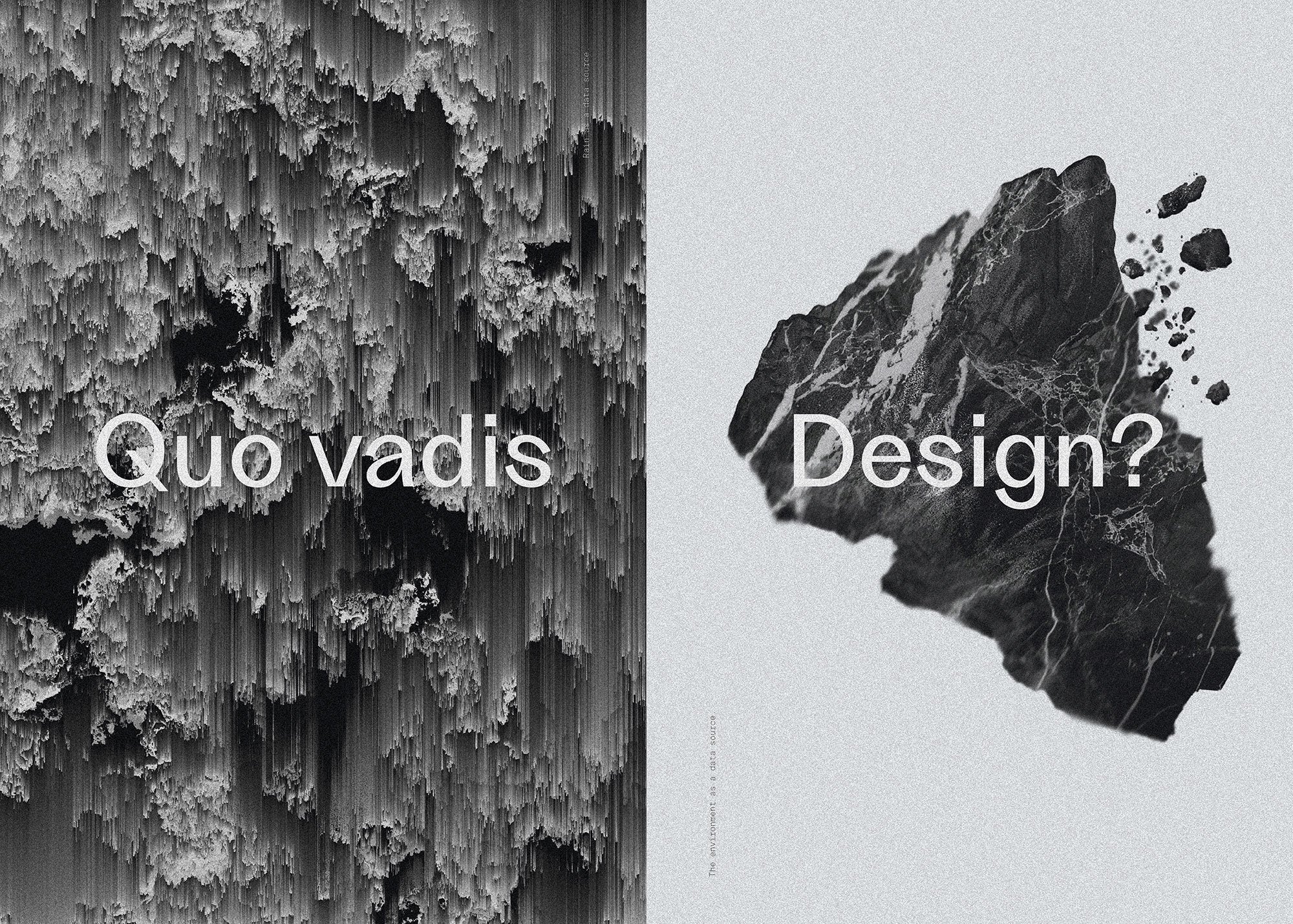
What is data-driven design, and how does it differ from traditional design?
The main difference between traditional and data-driven design lies in how ideas are turned into designs. In traditional design, a designer takes an idea and manually translates it into a visual form. With generative design, the designer starts with an idea, turns it into a set of rules, and then builds a program to create the final form or design automatically and infinitely repeatably.
These programs allow us to use real-world data in our design systems. This means external events and influences can directly impact the design process. Thus – in addition to the rules set by the designer – data becomes a decisive factor in the design process. What makes this approach unique is the depth and meaning it brings to design choices, as the data reflects real-world phenomena related to the brand or product. With the right storytelling, data can become the focal point of a brand’s story, that is narrated through its design.
There are practical benefits too. When a program creates the design, it can always be ‘on brand’, as the brand guidelines are integrated into the program. This not only ensures consistency but can also reduce production costs. Additionally, these design systems are user-friendly and adaptable to different platforms and touch-points. Of course, these are just some, but certainly the central differences between data-driven or generative and traditional design approaches.
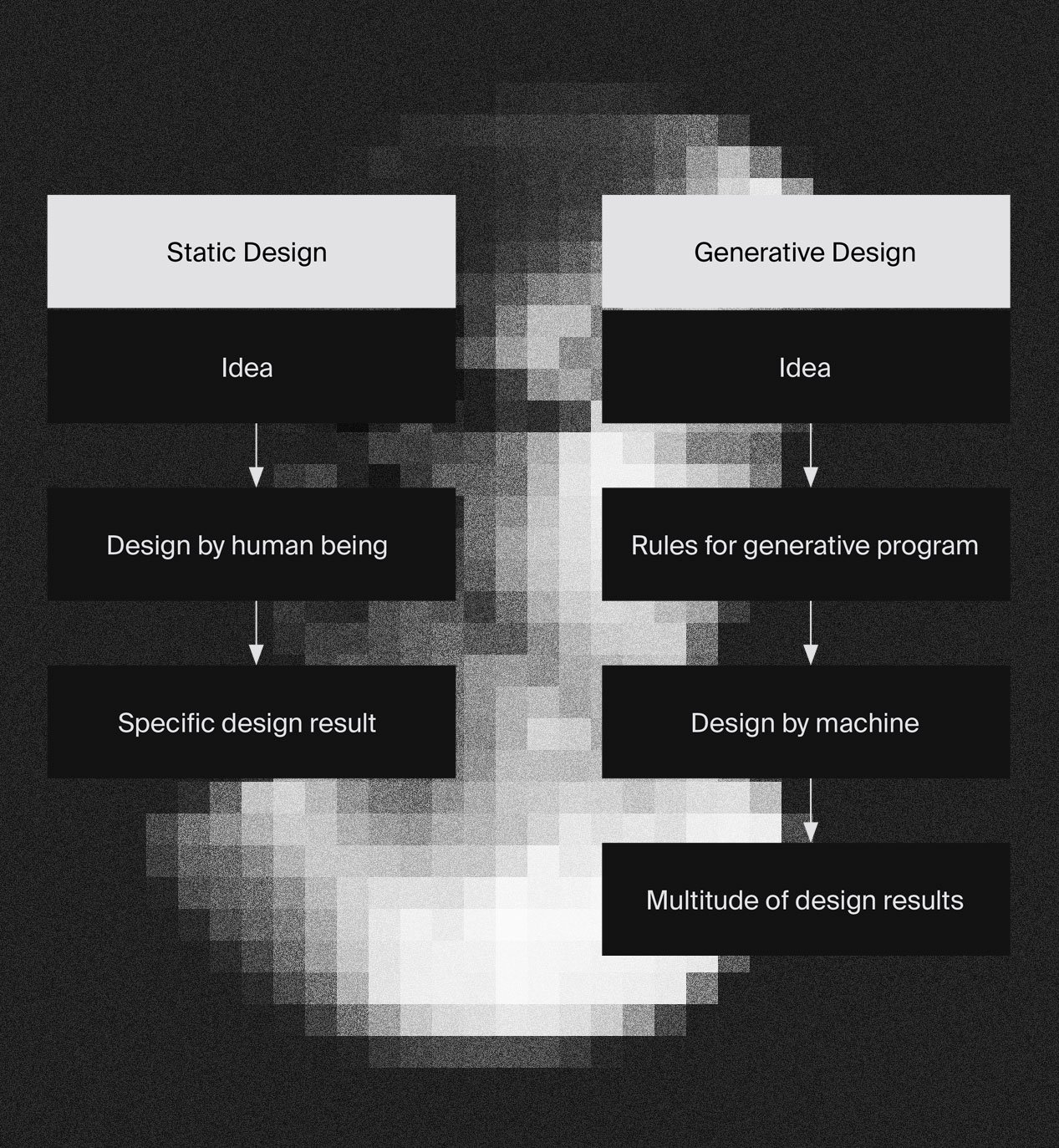
What do you think a generative design approach brings to the table in terms of brand value, as opposed to traditional branding or design systems?
Generative design changes how we craft and use design systems. Unlike in traditional design, where a system is just a set of tools, generative design lets us use the world around us as part of the design. It’s not just about using predefined elements; it’s about incorporating real-world data and stories into our designs. This approach lets us tell fresh stories and include people‘s behaviors into our design systems.
Right now, companies and brands are fighting very hard to catch their customers’ attention. Using visual and data-driven storytelling in unique and innovative ways helps draw people in. Generative design takes this a step further by making the audience an active part of the design process. Instead of just passively consuming, people get to participate and influence the design. This fundamentally changes the way we approach brand storytelling, turning the audience into an integral part of the brand’s story.
I am very interested in work that is beyond pure aesthetics and deals with the transformative power of generative design. My most important message to prospective generative designers is always: Don’t focus on the technology but on what new perspectives and solutions the generative mindset enables.
Generative design also has clear practical advantages in the production chain. Once the ideas have been transferred into a program, new possibilities for automation and customization arise. As the system is always ‘on brand’, there is no more need for written corporate design guidelines. It’s user-friendly for both professional teams and even those without a design background, and it’s easy to expand. Generative design allows for consistent application of dynamic brand identities in everyday scenarios, producing fresh, unique and on-brand results with ease.
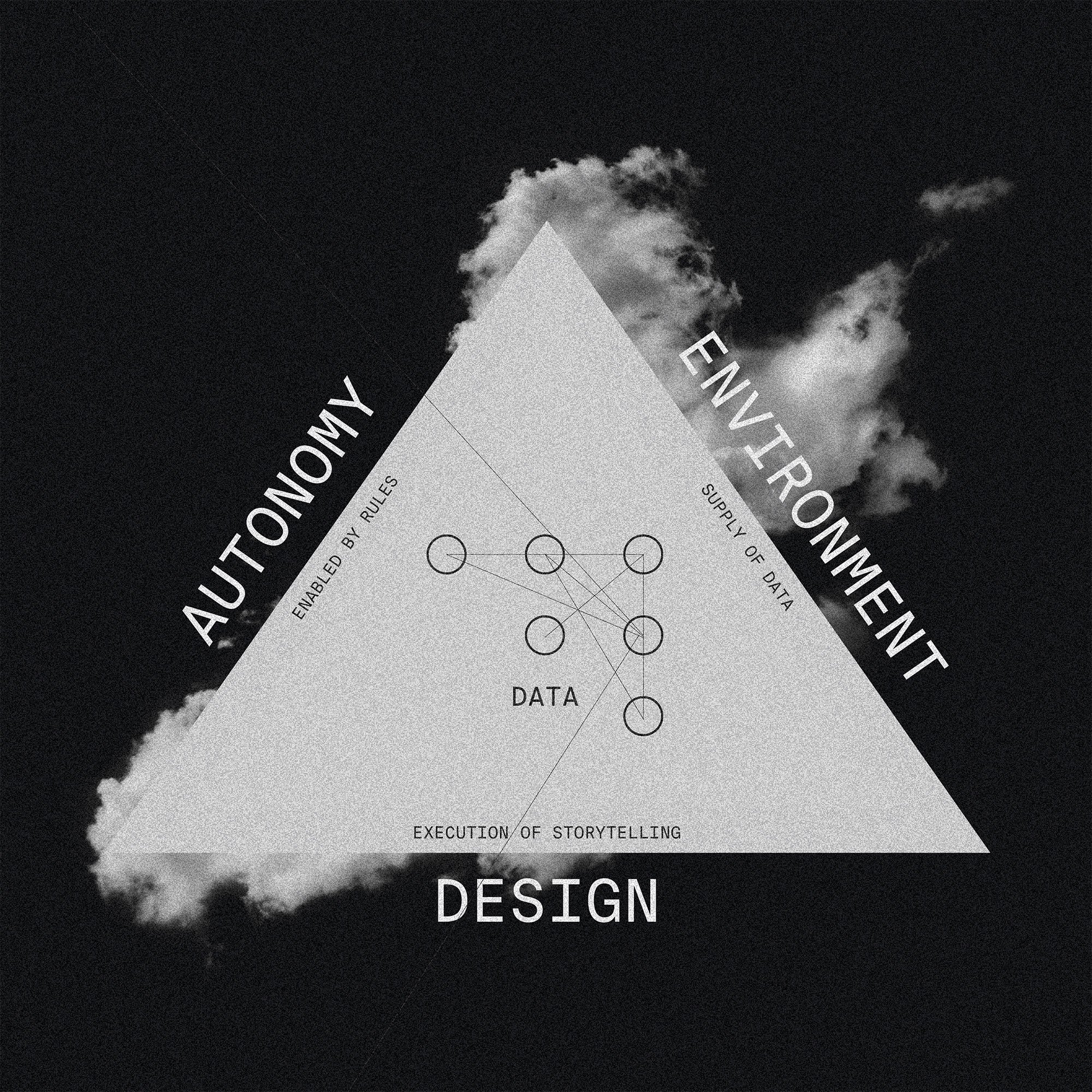
Walk us through your creative process. What are the ingredients, prompts, or inputs that you factor into data-driven design?
First, it’s important to know that data-driven and generative design aren’t synonymous with Artificial Intelligence (AI). As a generative designer, I create design systems that might use AI, but only when a project calls for it. Generative design is about more than just AI; it involves a wide range of different fields and methods.
When starting a collaboration with me, many agencies and brands don’t yet have a clear idea of what generative design can do. The possibilities are vast and range from dynamic brand stories to interactive campaigns, automated and highly customized print design, logo generators up to dynamic installations in physical spaces. The discovery process is always particularly exciting because this means that every project is also a journey to understand what can be achieved. I don’t use off-the-shelf tools; instead, I build unique design systems and interfaces bespoke to the project for each commission. This gives my clients a guarantee that their results are always unique, ownable, remain ‘on brand’ and are easy for their team to use. The only limit is our ideas and how we want to use them.
My approach to generative design includes four stages: ideation, exploration, development, and deployment. In ideation, I focus on goals, target audience, and the main theme, similar to traditional design. Since the environment can be a factor that directly influences our designs, it is important to ask what is at the core of a brand or product, what remains when you take away the decoration and the surface gets stripped away. It’s crucial to understand the essence of a brand or product. That’s why I take a close look at the elements that make up the brand or product and the stories that emerge from them.
It is important to know that data-driven and generative design aren’t synonymous with artificial intelligence. As a generative designer, I create design systems that might use AI, but only when a project calls for it. Generative design is about more than just AI; it involves a wide range of different fields and methods.
During exploration, I think about how to visually bring the idea to life, if possible through smaller-scale tests that lead to concrete design paths. These then result in possible design routes. Once the story and a rough idea of the form have been finalized, I start developing the system. In this phase, I regularly bring the relevant stakeholders together to test and adapt interim results. The final generative system emerges from this dialogue.
After deployment, the creative cycle could actually start again. Since I work with programs in generative design instead of rigid results, design systems can be expanded in an infinitely modular way. So if a project was successful, you can easily expand the system further and let it develop together with the brand or product.
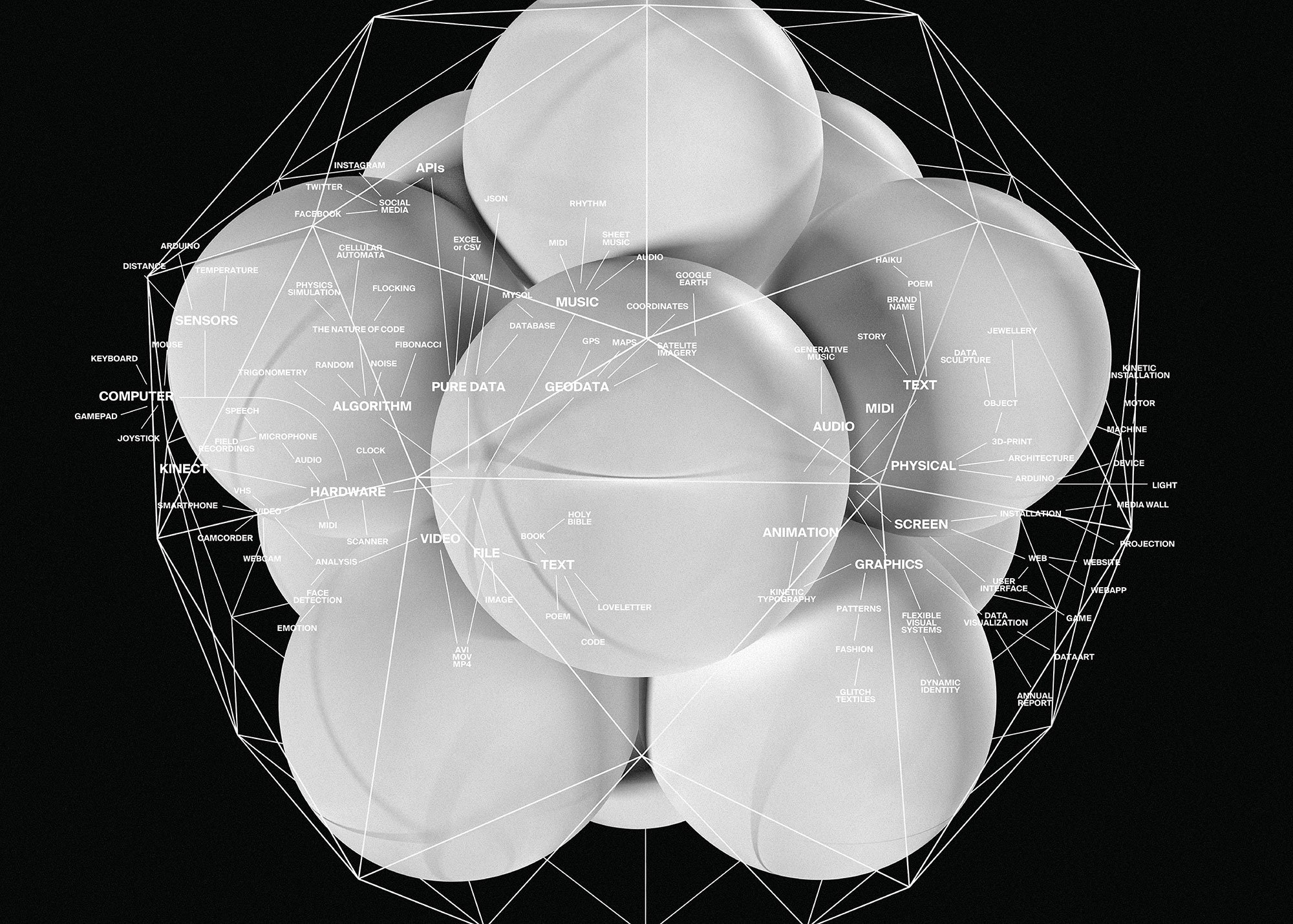
Who is a visual artist, past or present, you admire and why?
I tend to be less involved in art, but I recently met Dries Depoorter. He uses current AI-technologies and freely accessible data sets to disrupt public life with his tongue-in-cheek works that sometimes almost feel like social commentary. In this way, he makes the implications of our modern-day technology tangible and surfaces what otherwise remains hidden. I find his approach very exciting.
I’m also a big fan of Yehwan Song‘s work. Yehwan develops anti-user-friendly, non-user-centric, unconventional, and diverse web interfaces. You could maybe say that she works with the web as a surface. Her work challenges the idea that the Internet must look and function as it does now. In doing so, she often reminds me of the Internet’s early days when it was more about raw creativity and less about creating polished designs and always predictable paths. Her work offers a refreshing contrast to current trends, which I find very inspiring.
What excites you most about generative design? How do you see it changing the creative landscape?
In my role as a generative designer, I create spaces in which stories, people and design can come together in unique ways. Still, I never know what the final outcome will be because my work is dynamic, reactive and interactive. That’s why the final results still tend to surprise me, because it both depends on how the systems I develop are used and the unique circumstances that influence them. Even after I finish a project, it keeps evolving on its own.
But what really excites me is the clash of design and storytelling. Using generative design to tell stories with data is fascinating. When searching for relevant data, you engage with people, brands, and companies on a deeper level. It’s a different and more intense way of understanding them.
As generative design becomes more popular and is used by more agencies, I expect significant changes. I’m not just talking about technical advancements or trends. When people start to experience the potential of generative design, they start seeing design in a whole new light. This applies to entrepreneurs, agencies and consumers alike. Involving everyone in the process creates completely new relationships and outcomes.
In your experience, how is a project like Brute or the Philharmonie Luxembourg received by the public? Are they intrigued by the experimental and interactive nature of the branding, or does it take a certain kind of consumer to appreciate it?
The advantage of the Philharmonie branding for Luxembourg is that it places music as an emotional component at the centre of attention. And the more direct the target group’s interaction with the product or brand, the greater is their interest in engaging with it. My design systems are made to fascinate people, to create moments of surprise and to offer different levels of perception. Consumers and recipients should engage with them for longer, be tempted to share their content and look at them again and again because there are many more levels to discover after the mere superficial message.
Of course, you have to tailor each piece of work to the intended target group, but I would deny that generative design is particularly experimental and only therefore appealing. For me, the technological possibilities are never the centre of attention. Good design really shines when it follows the key principles of effective communication: having a clear strategy, targeting the right audience, telling straightforward stories, and designing with a clear purpose in mind.
I believe my projects work because they put the essence of a brand or product at the centre of a campaign and in doing so tell clear, simple and good stories. For me, generative design doesn’t happen through mere experimentation. It might seem that way if someone is not aware of the principles. Brute, for example, has made what was originally the supposed weakness of the product the centre of the design system. What makes a wine? How does the weather and environment influence the product? Asking these questions naturally leads to the question of flavor and make people become curious.
If you could dive into any dataset in the world, where would you start? What stories or themes would you want to explore?
I think it would be exciting to move away from solely commercial topics from time to time and act as a designer that mediates between politics, society and technology. There are many big issues that could be made more accessible with generative design – for example, the climate crisis and the developments that arise from it. I think it would be really exciting to be able to deal with such topics and bring their relevance to decision-makers as well as the general public in more tangible and approachable ways.
What advice can you give to creatives who are beginning to explore generative design in their processes?
My most important message to prospective generative designers is always: Don’t focus on technology. In the end, it is not the technology that makes a design project generative, but the strategy with which it is realized. The core competence that a generative designer needs is therefore the ability to think systemically, programmatically and generatively.
The first step is to learn to understand the environment as a source of data. You should practice to observe your environment and develop ideas from it. These ideas need to be translated into rules, which are then transferred into form with the help of technology. One of these technologies can be code, but pencils, brushes or hammers work just as well. It’s about making design decisions based on data – that’s the only skill you need as a generative designer to begin with. If the observations are to be integrated into practical projects, you can always team up with programmers and developers to help you realize your visions.
